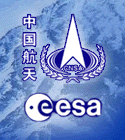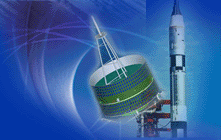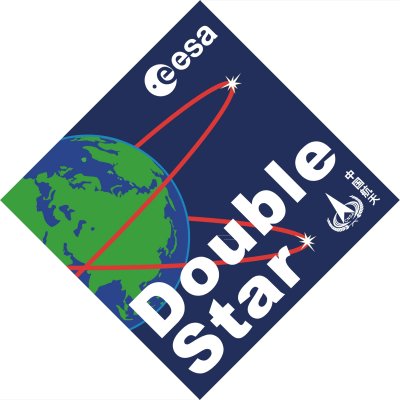



Comparative Cluster-Double Star measurements of the Dayside Magnetosphere
Abstract
The Cluster mission is providing extremely detailed and revealing multi-point measurements of the cusp and associated surrounding magnetopause regions. Cluster studies have demonstrated the cusp to be highly complex and to exhibit varied characteristics depending on IMF and local magnetosheath conditions. The nature of the interaction of the solar wind and associated magnetic field require simultaneous coverage over a range of different magnetopause sites. During 2004, the Cluster orbit will preferentially sample the equatorward edge of the cusp region in the northern hemisphere and cross the adjacent mantle region in the southern hemisphere. The recent launch of the DOUBLE STAR (TC-1) spacecraft into an equatorial orbit that samples the subsolar region of the magnetopause provides a unique opportunity to investigate the cusp region with CLUSTER in conjunction with observations of other processes operating on other regions of the magnetopause, specifically those at low latitudes with DOUBLE STAR. The aim of this proposal is to focus on CLUSTER-DOUBLE STAR conjunctions, initially reviewing the results from CLUSTER and so setting the context for the conjunction studies. A particular aim of this proposal is to track the evolution of reconnection signatures, such as FTEs, from the low latitude regions monitored by DOUBLE STAR through the cusp monitored by CLUSTER, together with any related ground signatures. Another aim will be to quantify changes in the structure, thickness and dynamics of the magnetopause boundary layer between the spacecraft locations; correlating these with particular conditions and related magnetospheric response. This work will involve the many instruments onboard each spacecraft, available via the Co-I statuses of the team members. The conclusion of this study will involve the drafting of one or more papers on the work carried out, including proposals for further conjunction studies following the successful launch of the polar DOUBLE STAR spacecraft in July 2004.
TEAM MEMBERS and associates
Team leaders/Principal Investigators
Professor M.W. Dunlop and Dr. M. G. G. T. Taylor,
Team Members:
Prof. P. Cargill, Dr. K. Nykiri,
Dr. C. Owen, Dr. Andrew Fazakerley, Dr. Y. Bogdanova,
Dr. B. Lavraud,
Professor. Z. Pu,
Dr. C. Shen,
Dr. T. Phan,
Dr. J. A. Davies. Prof. M. Lockwood,
Dr. S Milan, Dr. J. Wild,
Prof. B. Sonnerup,
Dr. H. Laakso, Dr. P. Escoubet, Dr. F. Pitout,
Dr. Q.-G. Zong.
Meeting 1
First Meeting Presentations and Event information (password required)
page by Matt Taylor









